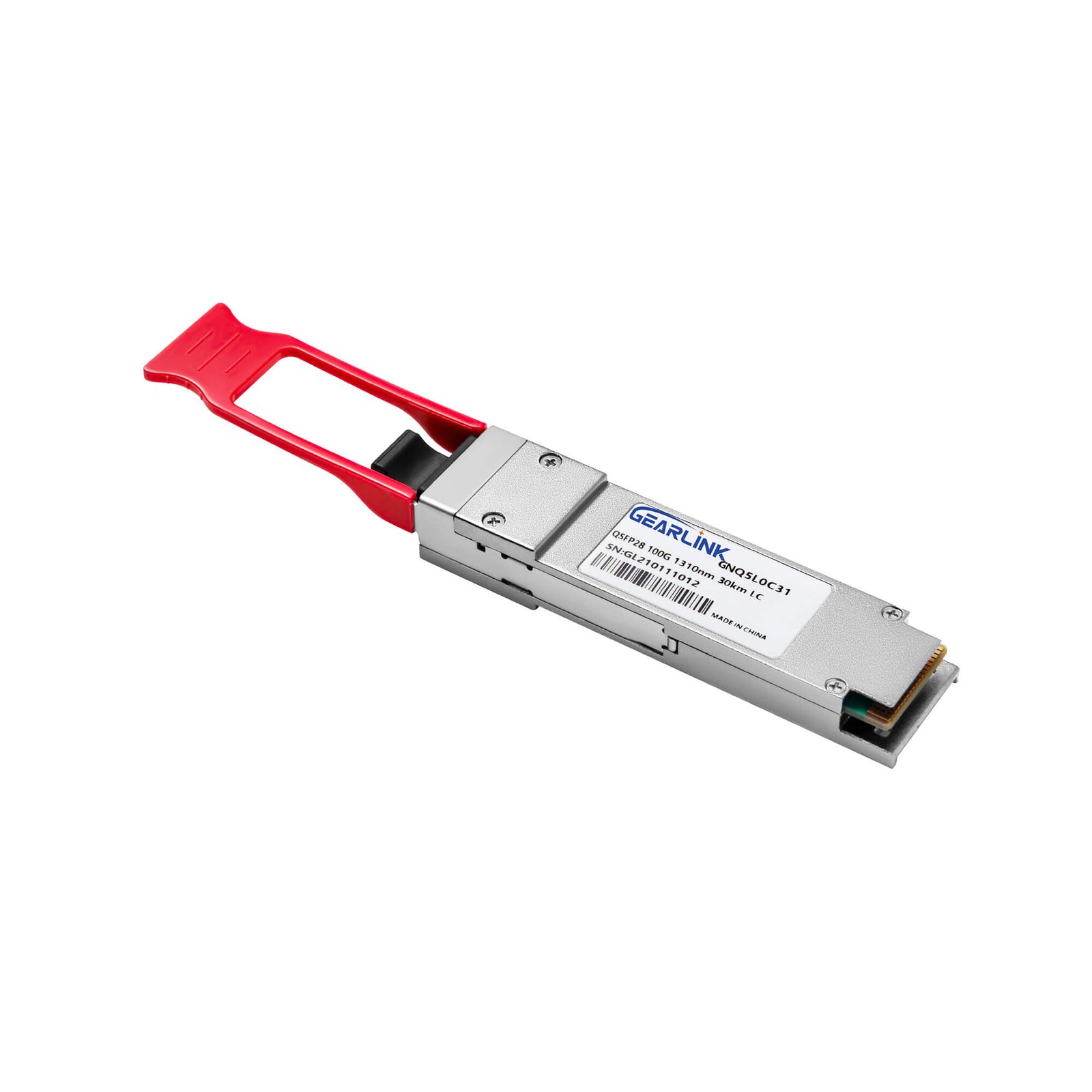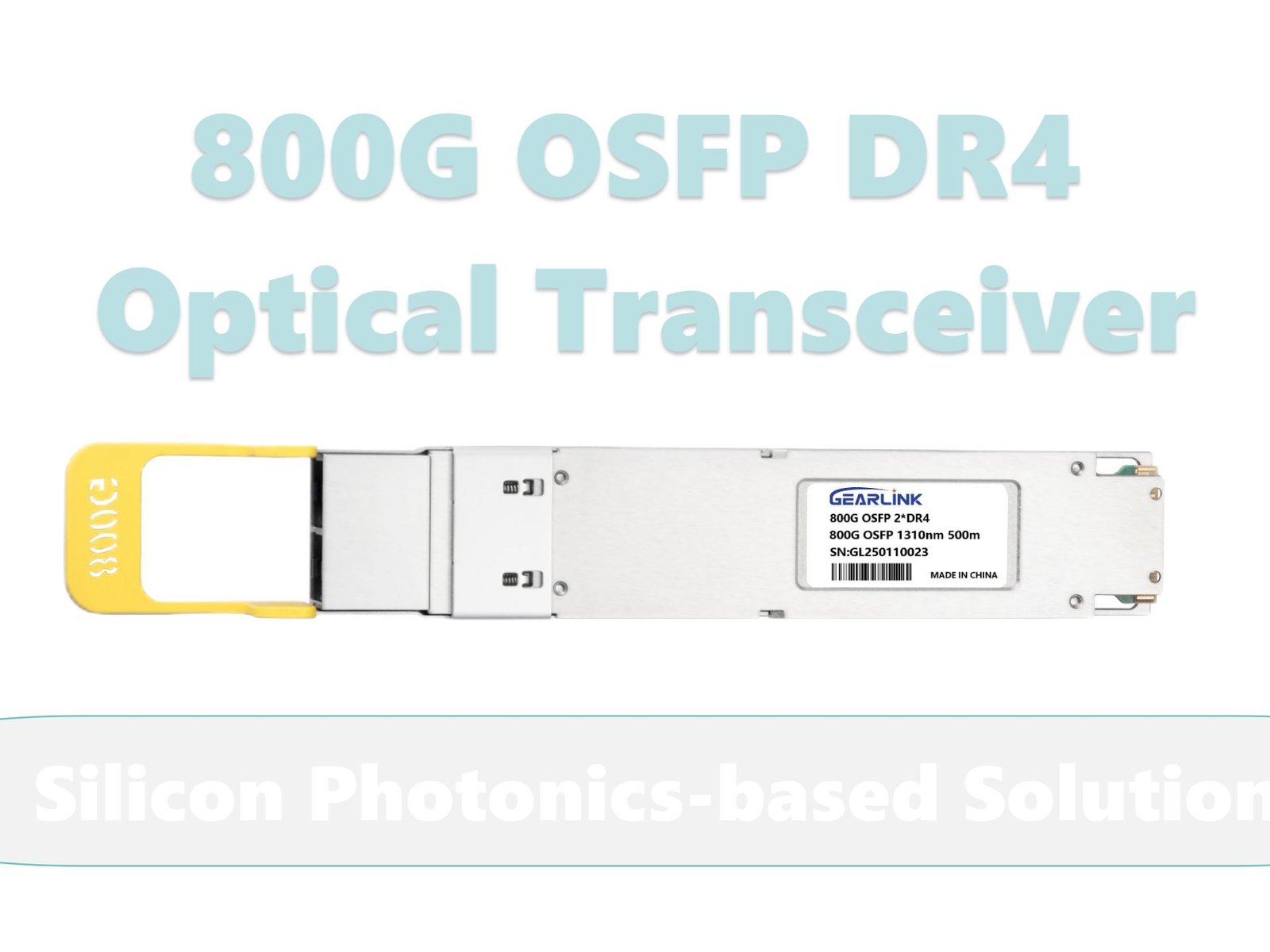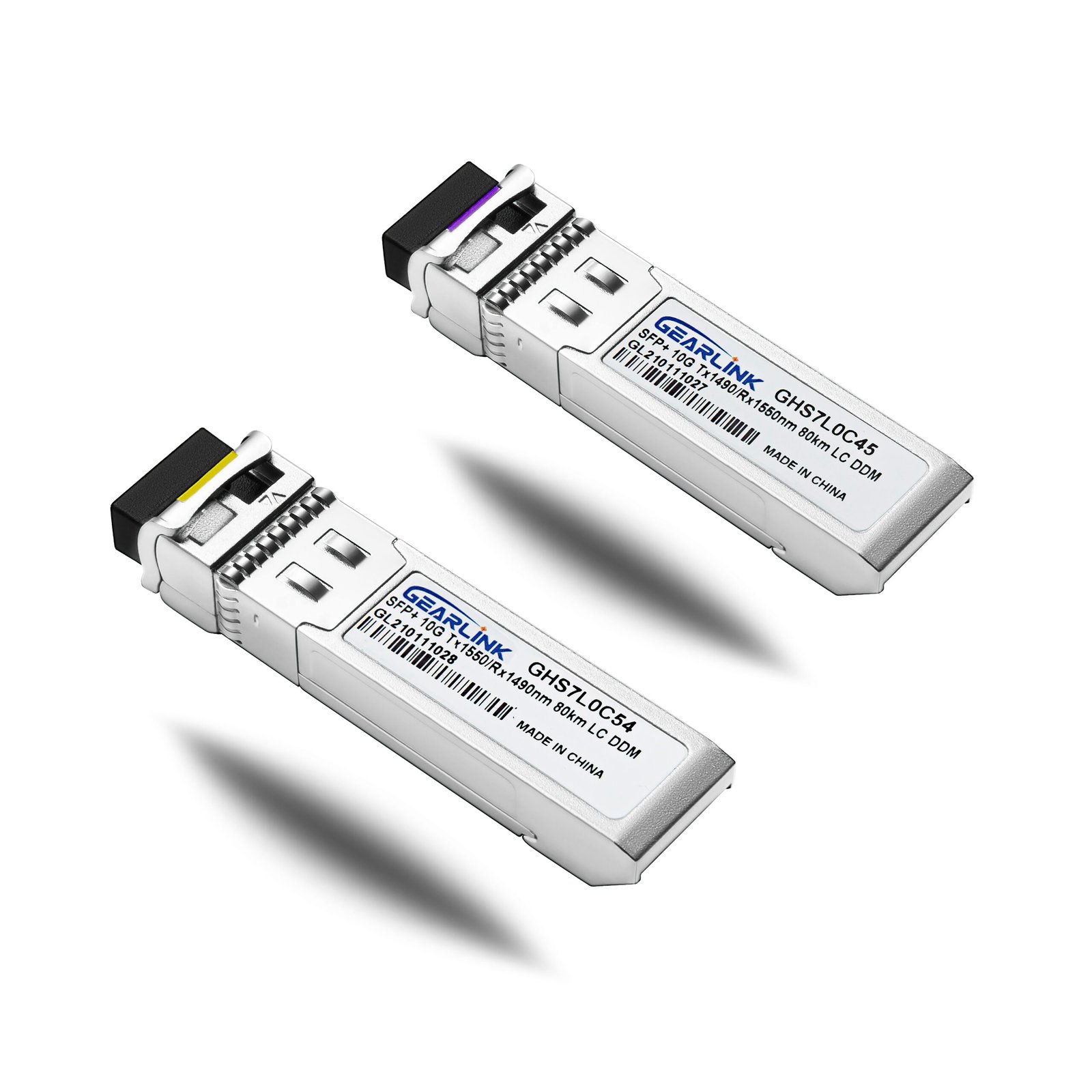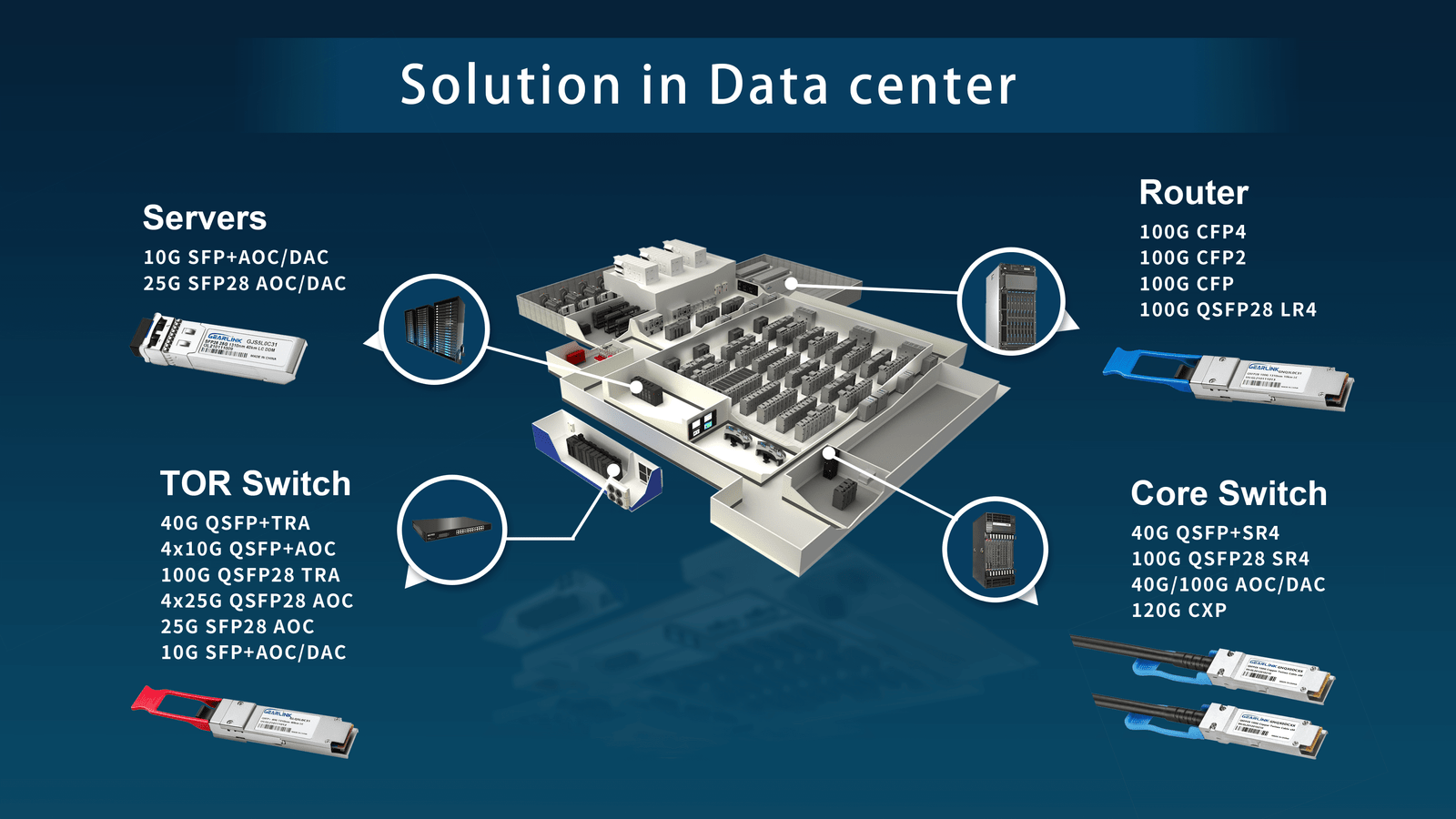In today’s interconnected world, where data is the new currency, the ability to transmit vast amounts of information quickly and reliably is no longer a luxury—it’s a necessity. From streaming high-definition movies to conducting global financial transactions, our digital lives depend on a robust and efficient network infrastructure. At the heart of this system lies a small but mighty component: the optical transceiver. But what is it, exactly?
At its core, an optical transceiver is a device that converts electrical signals into optical signals for transmission over fiber optic cables and then converts the received optical signals back into electrical signals. Think of it as a translator for light. It is a critical component in any modern network that uses fiber optics, including data centers, telecommunication networks, and enterprise networks. Without it, the high-speed data transfer that we’ve come to expect simply wouldn’t be possible.
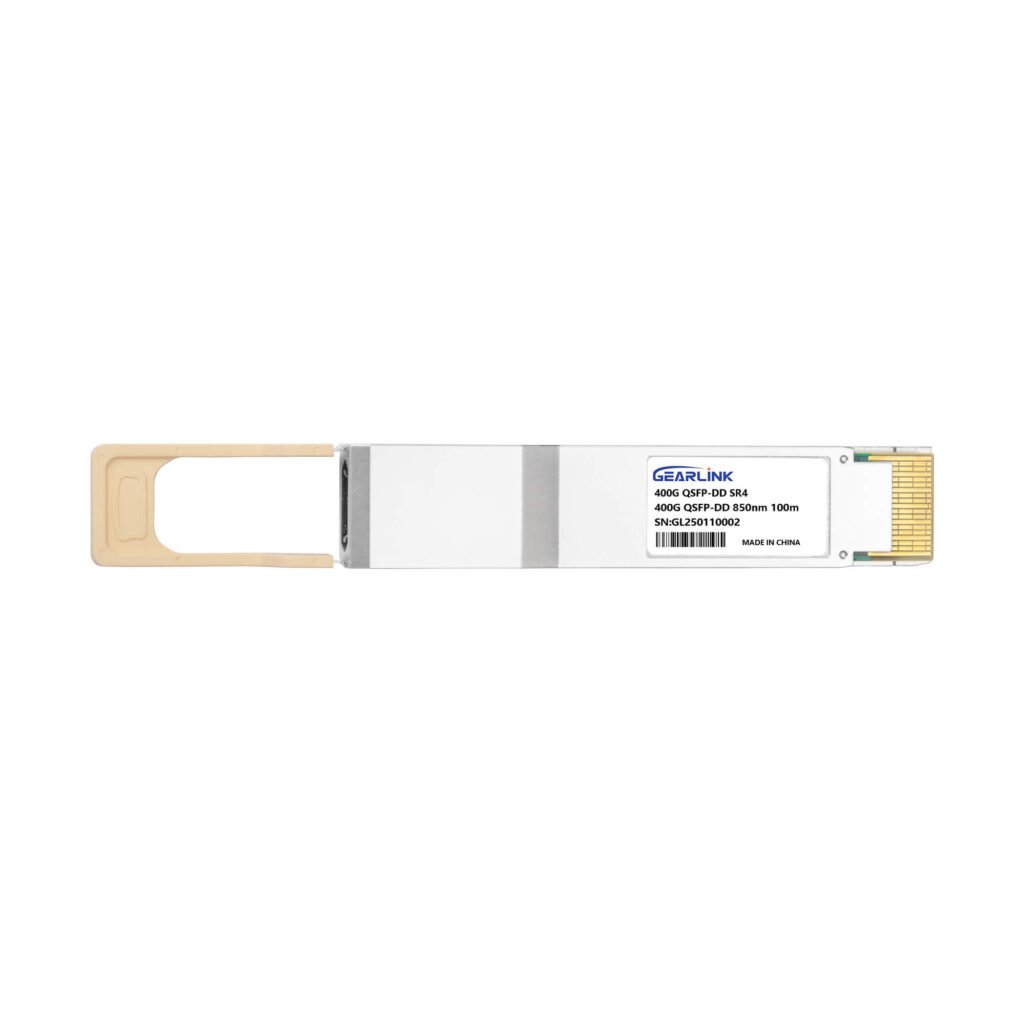
The Core Function: How Do Optical Transceivers Work?
To understand the immense value of an optical transceiver, it helps to look at its two primary parts: the transmitter and the receiver.
The Transmitter: This section contains a light-emitting diode (LED) or, more commonly, a laser diode. When an electrical signal comes in from a network switch or router, the transmitter modulates the light from the laser, essentially encoding the data onto a beam of light. This light is then sent down the fiber optic cable. The specific type of laser used, such as a VCSEL (Vertical Cavity Surface Emitting Laser) or a DFB (Distributed Feedback) laser, determines the module’s speed and range.
The Receiver: On the other end of the fiber, the receiver section takes over. It uses a photodetector, like a photodiode, to capture the incoming light. As the light hits the photodiode, it is converted back into an electrical signal. This signal is then amplified and reshaped to be usable by the receiving network device. The efficiency and sensitivity of this photodetector are crucial for ensuring data integrity over long distances.
The magic of this dual-functionality is that it enables full-duplex communication—data can be sent and received simultaneously. This is a fundamental requirement for many modern network protocols and applications. The synergy between the transmitter and the receiver, all housed in one compact module, makes the optical transceiver a highly efficient and indispensable tool for high-speed communication.
Key Features That Define a High-Quality Optical Transceiver
When evaluating an optical transceiver for your network, several key features and specifications must be considered. Understanding these elements is crucial for making an informed decision that meets your specific network requirements.
Form Factor and Compatibility
The form factor refers to the physical shape and size of the module. Common types include SFP, SFP+, SFP28, QSFP+, QSFP28, and QSFP-DD. Each of these is designed for a specific port type and data rate. For instance, an SFP module is a single-channel device for up to 1 Gbps, while a QSFP28 can support 100 Gbps across four channels. Ensuring the module is compatible with your switch or router is the first and most critical step.
Data Rate and Distance
The data rate (or speed) of an optical transceiver is measured in bits per second (bps). Common speeds are 1 Gbps, 10 Gbps, 25 Gbps, 40 Gbps, 100 Gbps, and 400 Gbps. The distance an optical transceiver can transmit signals is another vital specification. Modules are categorized as short-reach (SR), long-reach (LR), or extended-reach (ER) and are designed to work over varying distances, from a few meters to tens of kilometers, depending on the application.
Wavelength and Fiber Type
Fiber optic cables come in two main types: single-mode (SMF) and multimode (MMF). Single-mode fiber is used for long-distance communication and utilizes a smaller core to transmit a single light path. Multimode fiber is used for shorter distances, like within a data center, and has a larger core that allows multiple light paths. The wavelength of the laser within the optical transceiver must match the type of fiber used. Common wavelengths include 850 nm for multimode and 1310 nm or 1550 nm for single-mode.
Applications and Importance in the Modern Network Landscape
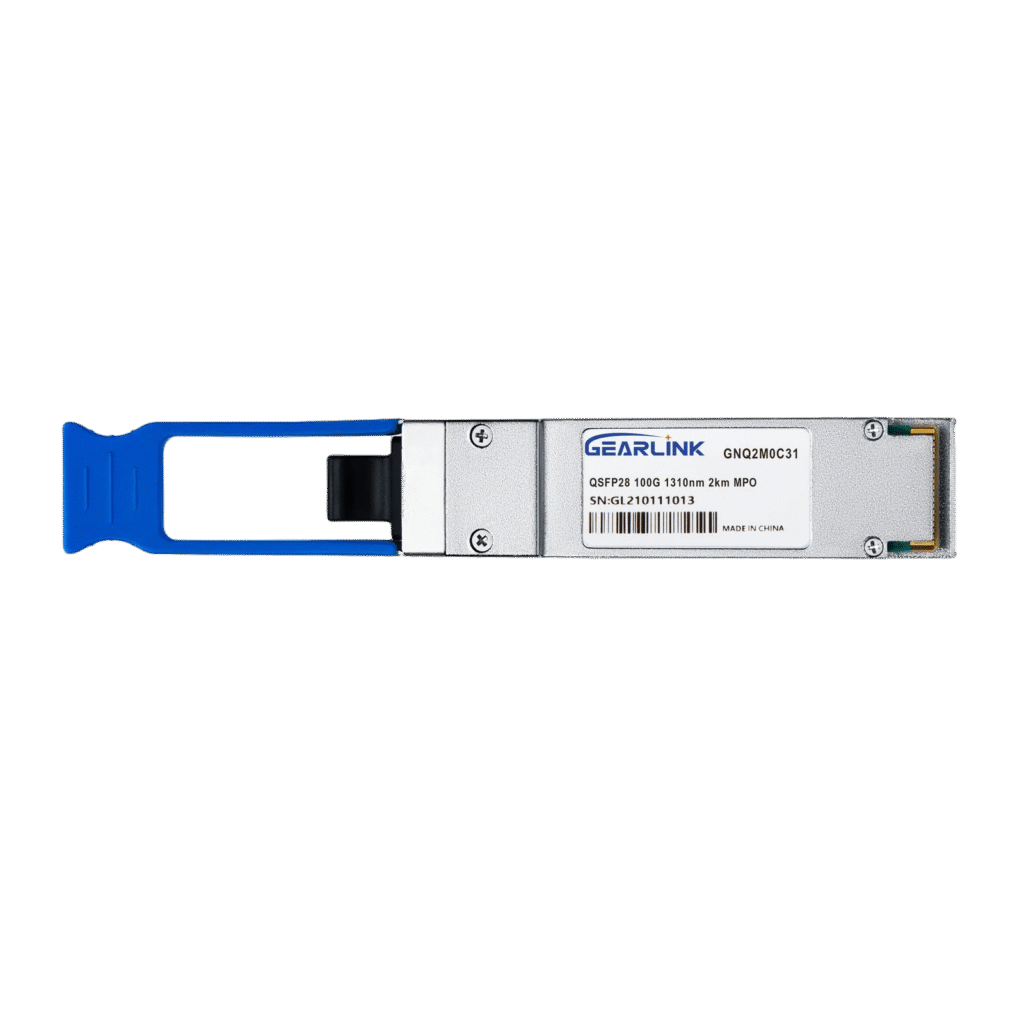
The versatility and efficiency of optical transceiver modules have made them indispensable across a wide range of industries and network environments.
Data Centers
In data centers, where vast amounts of data must be moved between servers, switches, and storage arrays, optical transceiver modules are the backbone of the internal network. They enable high-speed connections for server-to-server communication, ensuring applications run smoothly and without latency. The increasing demand for cloud computing and AI has driven the need for even faster transceivers, with 100G and 400G modules becoming standard.
Telecommunications
For telecom providers, optical transceiver modules are essential for building the global internet infrastructure. They connect metropolitan area networks (MANs) and wide area networks (WANs), transmitting data over long distances to bring internet services to homes and businesses. Submarine cables, which carry data across oceans, also rely on high-performance optical transmission technology.
Enterprise and Campus Networks
Large enterprise campuses, universities, and hospitals use optical transceiver modules to link buildings and create a high-speed backbone. They provide reliable, future-proof connectivity that can support diverse applications, from video conferencing to large file transfers.
The User’s Guide to Selecting the Right Optical Transceiver
Choosing the right optical transceiver can seem like a daunting task, but by focusing on a few key questions, you can simplify the process and ensure you get the best value for your investment.
1. What is your required data rate?
First, determine the speed you need. Are you building a 10G network for a small office or a 100G backbone for a data center? The higher the speed, the more advanced the module you’ll need.
2. What is the distance of your link?
Next, consider the distance between the two points you are connecting. Short-distance links within a room might only require a short-reach (SR) module, while connecting two buildings across a campus will require a long-reach (LR) module.
3. What kind of fiber do you have?
Ensure you know whether you are using single-mode (SMF) or multimode (MMF) fiber. Mismatching the module and the fiber type will result in a non-functional connection.
4. Is it compatible with your equipment?
Lastly, check the compatibility list for your network equipment (switch, router, etc.). While many modules are MSA-compliant (Multi-Source Agreement), it is always best to verify compatibility to avoid any issues.
By answering these questions, you can narrow down your choices and select a reliable and high-performing optical transceiver that will serve your network needs for years to come. Investing in quality components from reputable suppliers is a wise decision that pays dividends in network reliability and performance.
FAQ
Q1: Can I use an SFP+ module in a regular SFP port?
A1: No, you cannot. An SFP+ module is designed for a higher data rate (10G) and will not work in a lower-speed SFP (1G) port. However, some newer SFP+ ports are backward-compatible and can accept SFP modules, though they will only operate at 1G speeds.
Q2: What is the difference between an optical transceiver and an active optical cable (AOC)?
A2: An optical transceiver is a module with a specific form factor that plugs into a network device. An AOC, on the other hand, is a pre-terminated cable with built-in optical transceivers at each end. AOCs are often used for shorter-distance, high-speed connections within a rack or between adjacent racks, offering a plug-and-play solution without the need for separate modules and patch cables.
Q3: Why are some optical transceivers so expensive?
A3: The price of an optical transceiver is influenced by several factors, including the data rate, the transmission distance, and the type of laser technology used. Higher speeds (like 400G) and longer distances (like ER or ZR) require more advanced and costly components. Additionally, certain manufacturers may charge a premium for their branded modules.
Q4: What does DDM stand for?
A4: DDM stands for Digital Diagnostics Monitoring. It is a feature found in many modern optical transceiver modules that allows for real-time monitoring of various parameters, such as transmitted and received optical power, temperature, and voltage. This data is extremely useful for troubleshooting and maintenance, helping network administrators to proactively identify and resolve potential issues.
